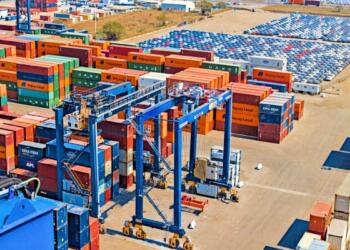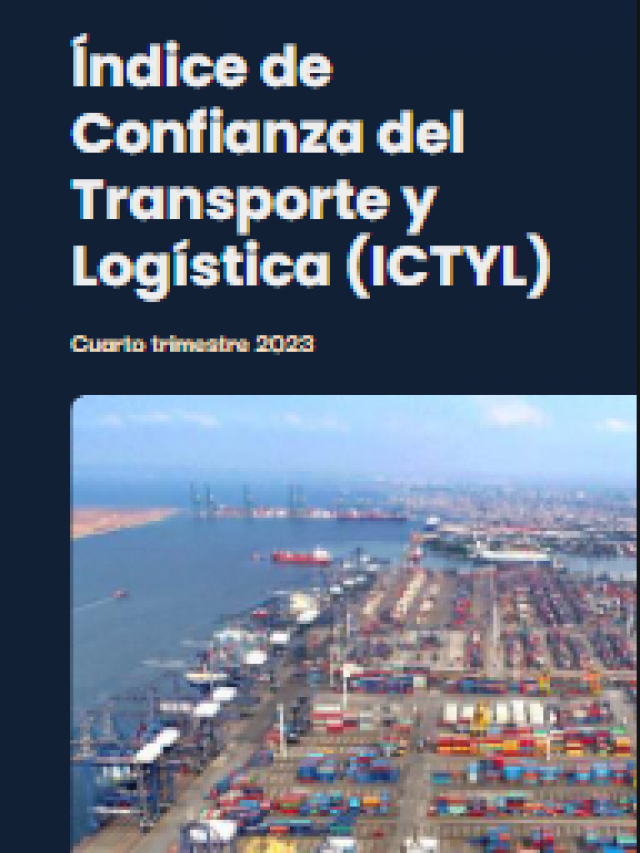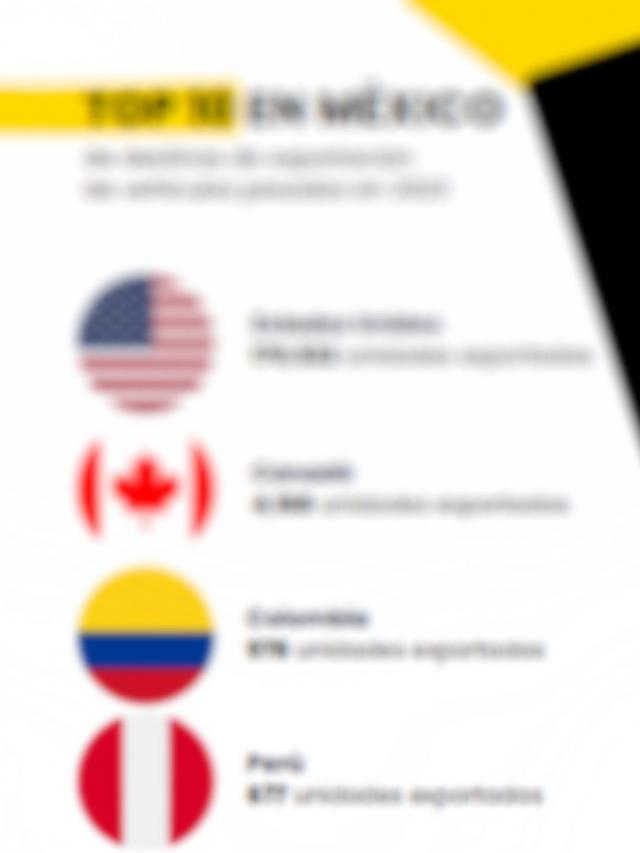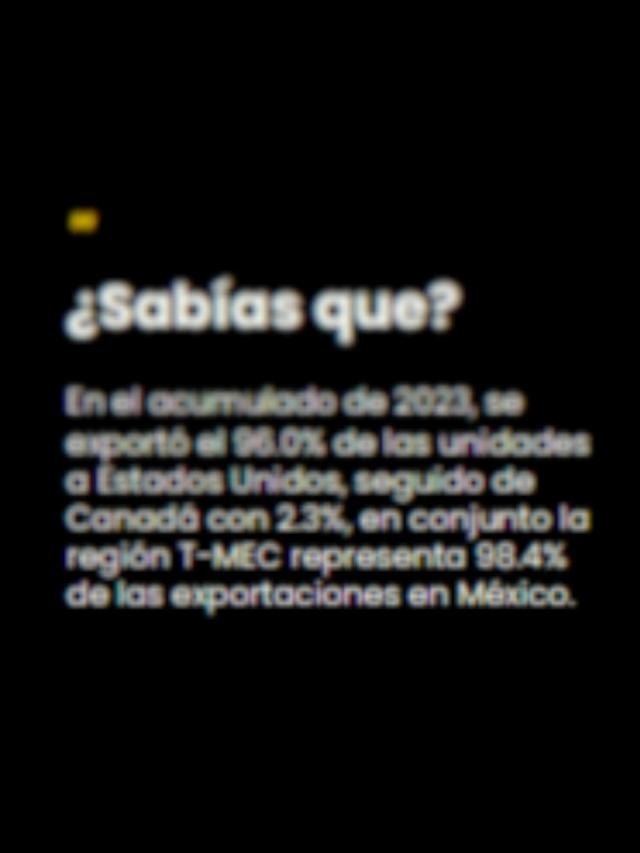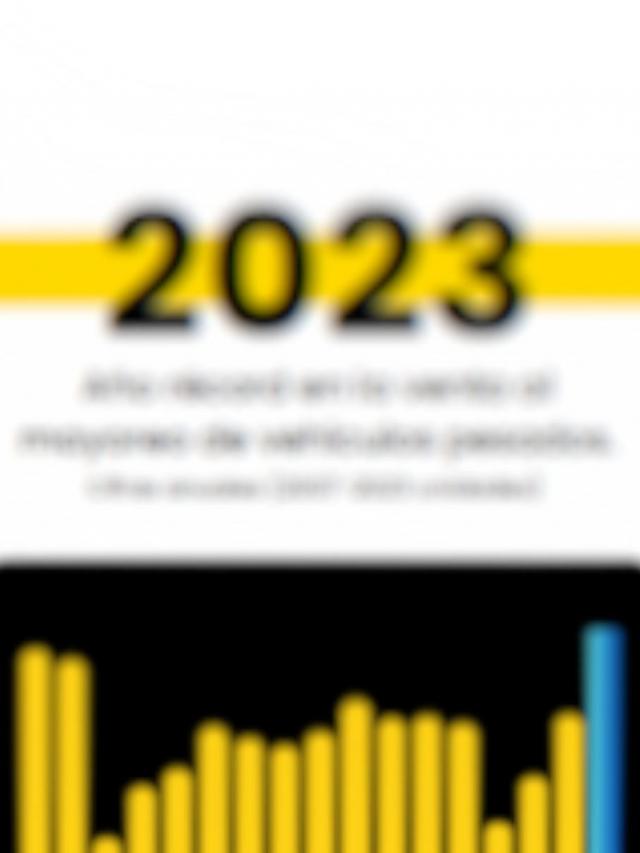
Every time an accident occurs involving motor transport vehicles , especially double-articulated vehicles (fulles) , proposals are made to modify the regulations or impose new restrictions on the sector . However, the industry insists that the underlying problem requires long-term measures , beyond reactive adjustments.
The most recent accident on the Mexico-Puebla highway , where a tractor-trailer carrying gas was involved in a multiple collision, leaving six dead and five injured , once again brings to the table the debate on road safety on federal highways and the regulation of freight transport.
One of the structural problems facing road safety is the lack of effective supervision. The President of Mexico, Claudia Sheinbaum, acknowledged during the “morning press conference” this Monday (February 17), that the disappearance of the Federal Police affected road regulation, leaving a void in the application of sanctions.
“We have not wanted to involve the National Guard in the matter of fines, but we are reviewing schemes such as photo-fines or photo-civics near toll booths to control speeds.”
Based on the monthly statistics of the Secretariat of Infrastructure, Communications and Transportation (SICT), in 2024 the agency carried out 222,443 verification activities on motor transport, while it carried out 4,776 inspections, in both cases the volume is a contraction compared to what was achieved in 2023, falling 11.8% and 9.0%, compared to the previous year.
In addition to the inspection mentioned by the national leader, reference was also made to the overweight of cargo vehicles , which is a risk factor that must be addressed: “We are reviewing with the Secretariat of Infrastructure, Communications and Transport the recovery of scales and other schemes because many times these vehicles are overweight.”
Another of the preventive measures mentioned by the President of Mexico was the one referring to the marking of federal transportation units published in the Official Gazette of the Federation (DOF) .
From the private sector, the trucking industry reiterated the importance of not basing regulation on immediate responses to accidents , but on long-term strategies that improve road safety without affecting the operation of the sector.
Leonardo Gómez, Executive President of the National Association of Private Transport (ANTP) , highlighted the need to work on prevention and detailed analysis of each accident :
“We regret the accidents and even more so when there are loss of life. Every day we must work on accident prevention and monitoring compliance with regulations, so in each accident we must know and have the facts and data to find out what the problem was and take it into account to reinforce prevention and, if necessary, point out who is responsible,” explained Gómez.
He also highlighted the role of self-regulation within the industry as a way to improve safety without relying solely on regulatory changes.
“ANTP member companies adopt practices to contribute to safer and more sustainable road transport. We must continue working with the authorities to reduce accidents and ensure safety for all of us who travel on the roads,” said Gómez.
The solution should not focus solely on operators , but on a comprehensive approach to road safety management , including infrastructure, regulations and technology , according to Salvador Saavedra, president of the automotive industry at the National Chamber of the Transformation Industry (Canacintra) .
“If we are going to blame the operator, this will never be solved,” he said.
He explained that a key factor in road safety is the dividing barriers , referring to the accident on the Mexico-Puebla highway. He said that in many cases they do not meet the standards necessary to contain the impact of cargo vehicles .
“The first thing I would say is that the highway barriers should be updated to withstand impacts from vehicles with the weights authorized in Mexico,” said Saavedra.
He also mentioned that there are technologies in other countries that could be implemented in Mexico to monitor the status of cargo vehicles in real time and reduce the risk of accidents.
“In some places around the world, telemetry is used to monitor traffic conditions. When a vehicle exceeds the permitted conditions, both the carrier and the police receive an alert,” said Saavedra.
He pointed out that the implementation of control systems such as “photo fines”, proposed by President Sheinbaum, does not always guarantee a real solution to the problem of road safety, since drivers can identify unmonitored areas and continue to engage in bad practices on other sections of the road.
For his part, Marco Fernández, an insurance agent (specializing in fleets and heavy equipment), commented that the main challenge in auto transport safety is not only in regulation, but in awareness and prevention.
“Normally, when an accident happens, it is very common to ask who is responsible and point the finger directly at the operator. But the reality is that in many cases, there were warnings prior to the accident that were not heeded, or areas such as monitoring, traffic and human resources could have done something to avoid it,” Fernández emphasized.
He said companies need to stop viewing insurance as just a reactive tool and start using it as part of a comprehensive security strategy.
He suggested that companies in the sector implement road safety committees that allow for an in-depth analysis of each accident, similar to the process carried out in the aeronautical industry with black boxes :
“In transport, a root cause analysis is also necessary. Collecting all the information about the accident and making decisions based on data. This way we avoid a repeat accident and we can take effective preventive measures,” explained Fernández.
Despite efforts to improve road safety , truck accidents continue to cause deaths and economic damage. While the Government reviews new measures and the transport sector strengthens its self-regulation strategies, the debate remains open.
For specialists, the challenge is to implement effective actions that guarantee road safety without slowing down mobility and the development of motor transport in Mexico.
Comment and follow us on X: @karinaquintero / @GrupoT21









